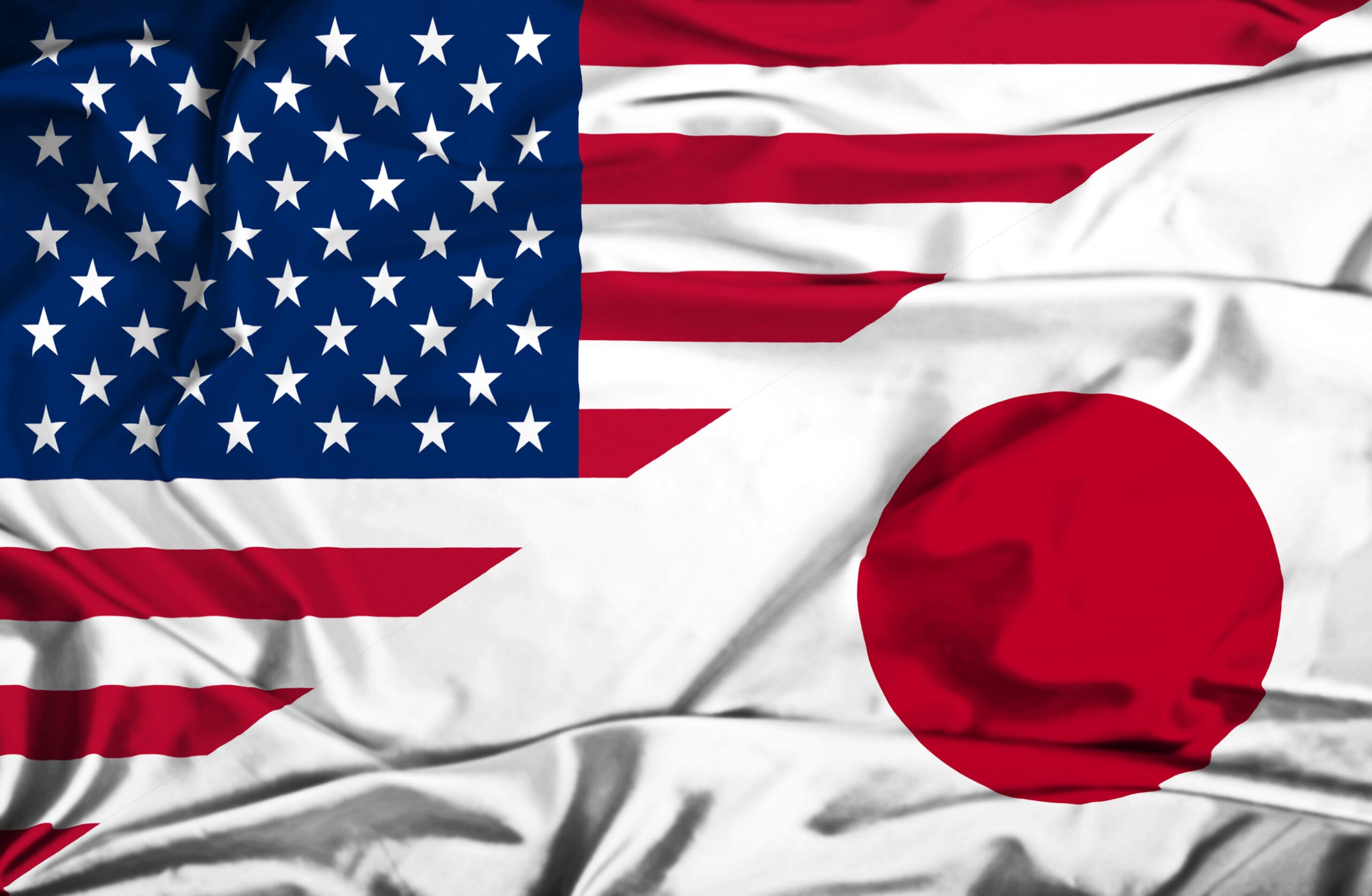-} Amidst investor uncertainty over the BoJ’s decision to continue the policy normalization process, the Japanese Yen continues to decline.
-} According to estimates, Japan’s economy shrank by 0.4% between January and March, indicating a sluggish start to the year.
-} The US consumer and producer inflation figures will set the dance for the US dollar.
In Monday’s American session, the Japanese Yen (JPY) drops even more to 156.00 versus the US Dollar (USD). The USD/JPY pair continues to rise as investors become concerned that the Japanese economy’s increasing inflation is primarily the result of the Yen’s weakness. Price pressures should be sustained steadily above the targeted rate of 2% through a spiral of wage increases.
The weak yen is the main cause of Japan’s inflationary pressures, according to the Bank of Japan’s (BoJ) Summary of Opinions (SOP) for the April meeting, which was published last week. Legislators talked about potential outcomes for additional rate increases. One participant stated that when determining when to make the next policy change, the degree of the rebound in consumption in the second half of the year will be crucial.
This week, preliminary Japan’s Q1 GDP data—which are scheduled for release on Thursday—will determine the direction of the Japanese yen. According to the consensus, the Japanese economy expanded by 0.1% in the final quarter of 2023 but declined by 0.4% from January to March. The Japanese economy is predicted to have shrunk by 1.5% on an annualized basis.
Daily digest marketmovers: The weak USD doesn’t stop the Japanese Yen from retreating.
1.] Even though the US dollar is weakening due to growing concerns about the strength of the labor market in the US following weak Nonfarm Payrolls (NFP) for April, lower Job Openings for March, and a high number of people filing for unemployment benefits for the first time for the week ending May 3, the Japanese yen continues its decline against the US dollar, closing in on 156.00. There is a significant decline to 105.00 in the US Dollar Index (DXY), which measures the US Dollar’s value relative to six major currencies.
2.] As it shows a softer inflation picture and feeds expectations that the US Federal Reserve (Fed) would revert to policy normalization, easing tight labor market circumstances is now bad for the US Dollar and bond yields. According to the CME FedWatch program, interest rates will likely be cut from their present range of 5.25%–5.50% as early as the September meeting.
3.] The US Producer Price Index (PPI), Consumer Price Index (CPI), and Retail Sales statistics for April will be of particular interest to investors this week. The US PPI data, which is expected to be released on Tuesday, will show how business owners have changed the prices of products and services. Data on retail sales and consumer inflation will be revealed on Wednesday, offering new insights into the outlook for interest rates.
4.] In April, the headline and core CPI are expected to rise by 0.3%, which is less than the 0.4% increase in March, according to economists. The annual headline CPI is expected to have decreased from 3.5% in March to 3.4%. It is predicted that throughout the same time frame, the core inflation rate—which excludes volatile food and energy prices—will have slowed to 3.6% from the previous figure of 3.8%.
5.] Investor excitement for September Fed rate cuts based on improving labor market data will be tempered by hot inflation data. Conversely, low inflation data will boost investors’ faith in the Fed’s decision to lower interest rates starting in September. In July, traders may increase their wagers that the Fed would begin decreasing borrowing rates if the inflation report shows a more marked slowdown than anticipated.
6.] Fed Vice-Chairman Phillip Jefferson stressed on Monday during the US session that interest rates should remain in the tight range until there is proof that inflation is decreasing.
Technical Analysis: The long-term picture for the Japanese Yen is still favorable
When compared to the US dollar, the Japanese yen has recovered 50% of its April low of 160.32, where speculators believe Japanese government may have intervened. Investors surmised that the BoJ had likely intervened after data revealed that it had paid close to 60 billion yen to stop additional declines. The reported stealth intervention caused the USD/JPY pair to drop to about 151.82.
The US Dollar bulls found significant support from the 200-period Exponential Moving Average (EMA), which is currently trading close to 156.00. The buffer around the 200-EMA indicated that the long-term picture remains favorable.
The 14-day Relative Strength Index (RSI) is in the neighborhood of 60.00. This level needs to be decisively broken in order to start the upward momentum.

